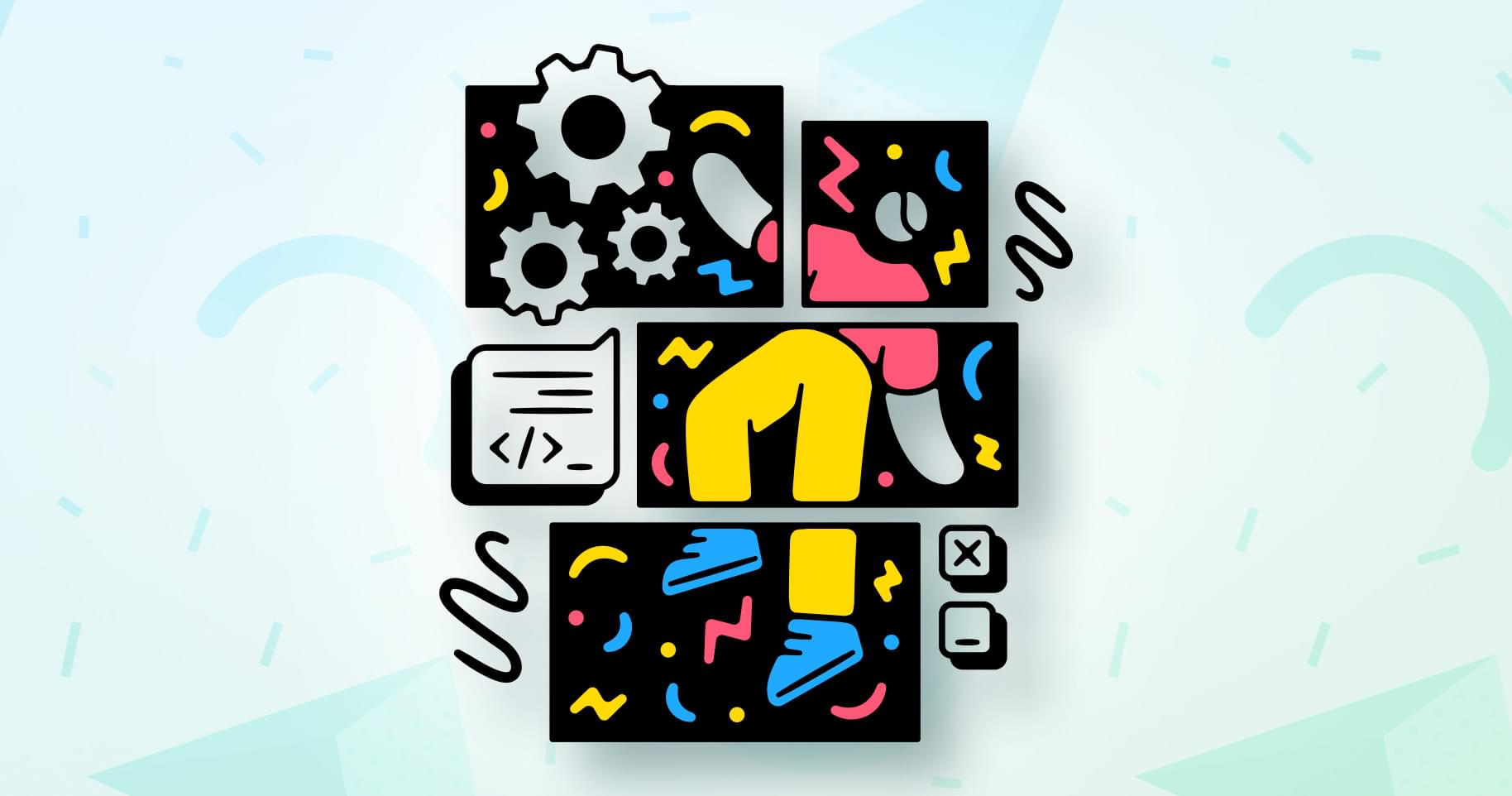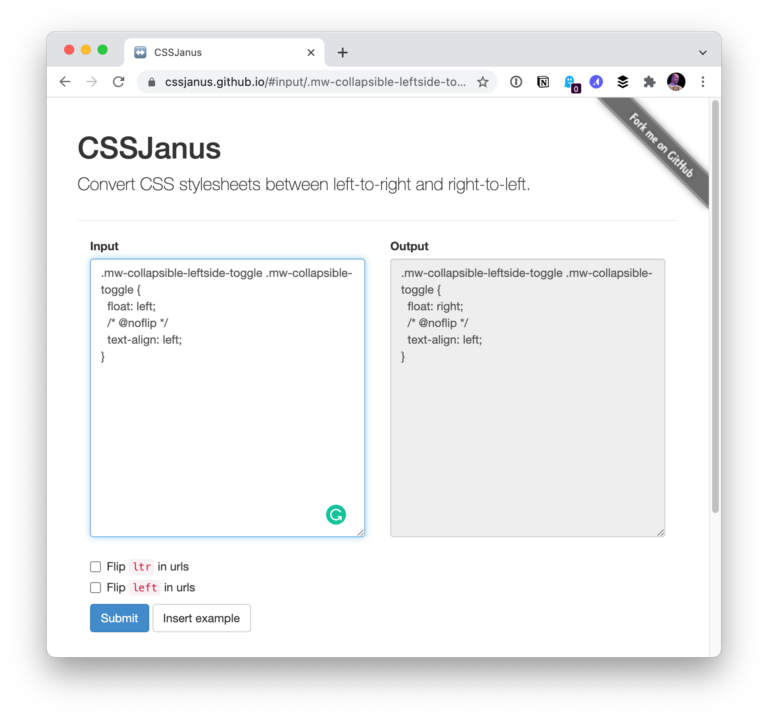
Hollywood filmmakers love to present artificial intelligence as an intelligent agent who’s more capable than humans. Luckily, we haven’t reached this state — yet. We still need engineers to develop innovative algorithms and tools to improve human interactions with software and systems.
Machine learning has matured over the years, allowing us to gain more insights from the data we collect. We can even implement machine learning to transform the job of a UX designer, product designer, and interaction designer.
This article introduces five different strategies on how we can leverage machine learning to improve user experience.
Let’s dive right into it!
1. Offer Next-level Personalization
Table of Contents
Personalization remains a hot trend for 2020. Machine learning helps you to offer next-level personalization to customers.
In the words of Booking.com:
Machine learning-based personalization provides a more scalable and accurate way to achieve unique experiences for individual users. Rather than segmenting users with rule-based personalization, it allows you to utilize algorithms to deliver these one-to-one experiences, typically in the form of recommendations for products or content.
Here’s a list of personalization examples driven by machine learning:
- Personalized emails recommending products that fit the user’s interests based on their search history and previous purchases.
- Content suggestions for blogs based on the user’s interests, which reduces the bounce rate and improves the time they spend on a website.
- Offering more applicable discounts by creating a personalized reward system.
2. Provide Higher-quality Recommendations

Amazon.de providing product suggestions based on my purchasing history related to biking
A business wins by providing higher quality recommendations, as they can increase their revenue. Users also win, as they spend less time seeking out products.
A study by Accenture shows that, in 2018, 63% of shoppers preferred product recommendations. This number is even higher for millennials, reaching 69% favoring product recommendations over manually searching for relevant products.
Collaborative filtering is a widely-used method to provide more personalized content recommendations. Collaborative filtering offers content suggestions based on users with a similar taste based on their reviews and purchases.
For example, a student and businessman have given similar scores to a couple of restaurants. It’s very likely they share similar individual tastes. Therefore, we can recommend a particular restaurant the businessman has rated with a score of “9” to the student as we expect the student to like the restaurant.
3. Improved Customer Service Quality and Speed
As a company, you can drastically improve user experience by improving customer service speed. Drift.com’s study showed that 46% of respondents reported they expect a response within five seconds or less when using a chatbot, 43% expect the same using online live chat, and 33% when using a phone or video call.
In other words, it’s time to start using machine learning-driven chatbots. On top of that, the same study found that the top use case for chatbots is answering time-sensitive questions.
Not responding promptly to emergency questions can leave you behind with a negative user experience. Unfortunately, it’s sometimes impossible to have someone available at all times to answer the most pressing problems.
Therefore, you can make use of chatbots, as they can quickly learn from previous customer interactions. Machine learning algorithms can detect patterns and similarities between customer interactions, allowing them to answer similar questions more rapidly in the future.
Moreover, a chatbot is much more scalable than humans. When choosing chatbots, the role of the humans involved is to answer complex questions a chatbot can’t take care of. Besides that, humans can feed the chatbot with data to improve their question handling.
Continue reading 5 Ways to Improve User Experience with Machine Learning on SitePoint.






